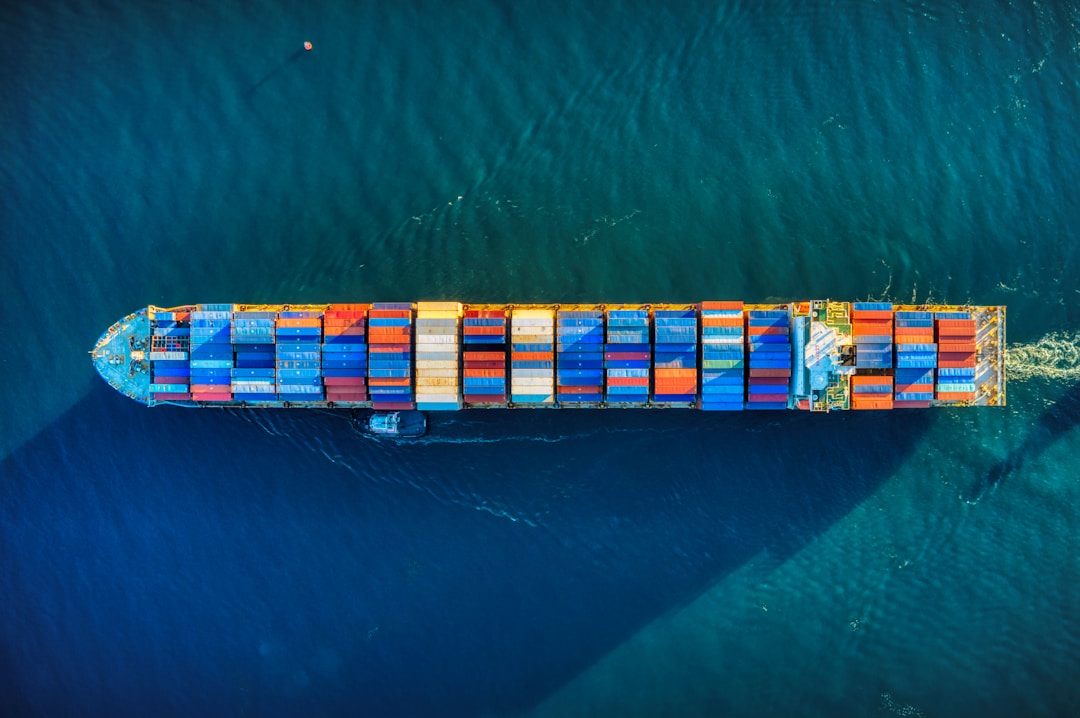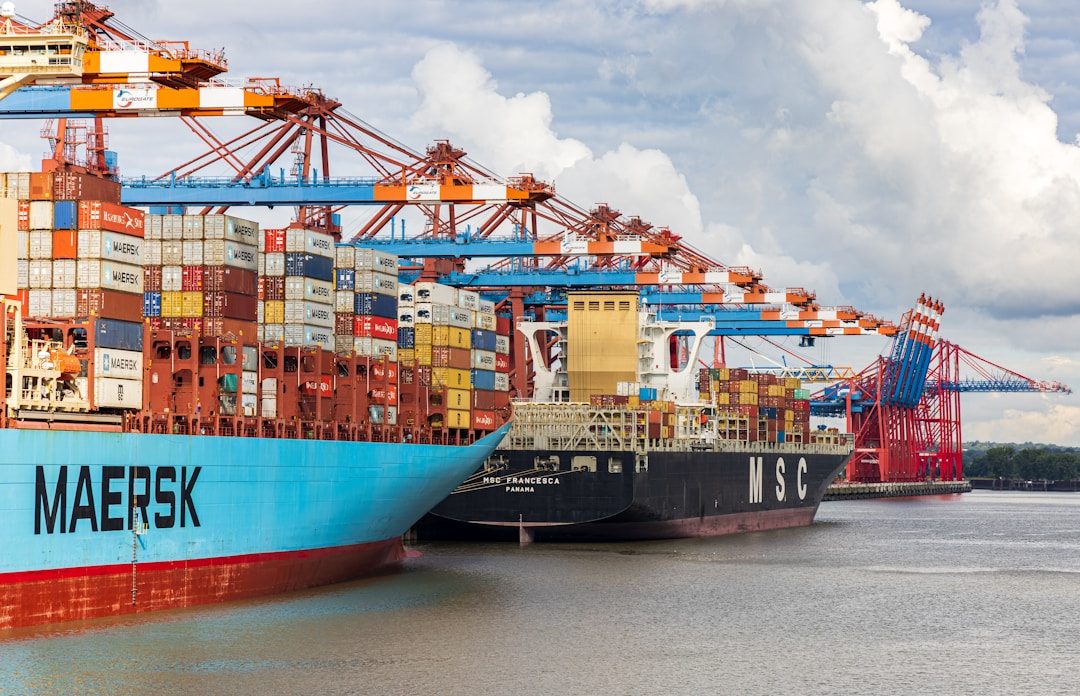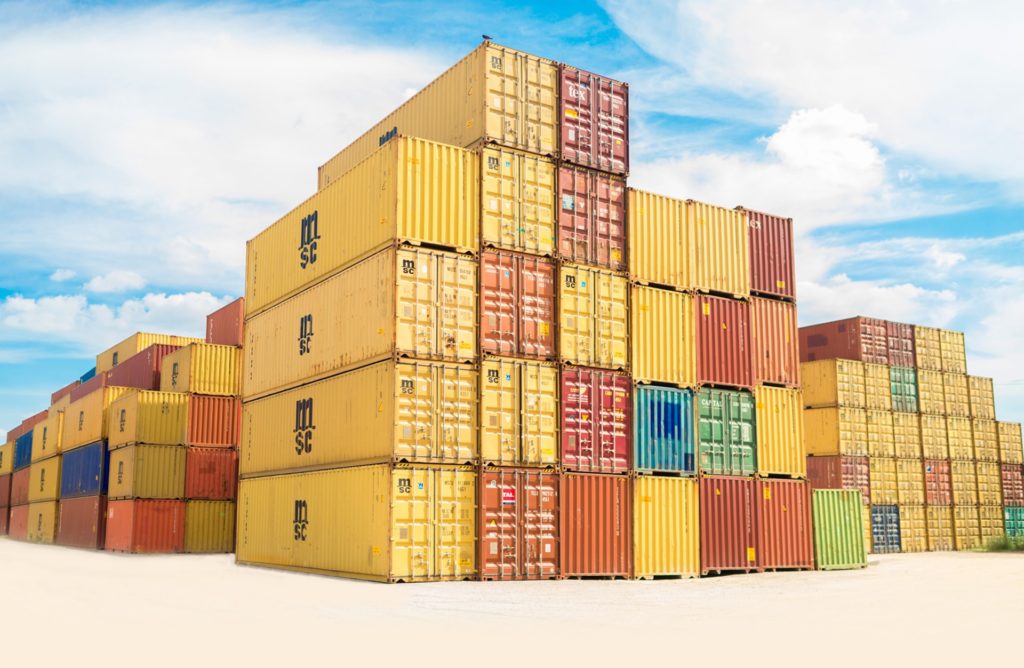You’ve probably seen those massive shipping containers stacked atop a rig for export spanning across the ocean, but have you ever wondered what goes into sanitizing and making sure that the interior of those containers is safe to hit the seas?
The truth is there are several steps that need to be taken to make sure that those shipments undergo proper fumigation to eliminate contaminants or pests from getting on board. Here’s more of what you need to know about the fumigation process.
Methods of Fumigation

Finding the proper fumigation services is important to assure that pallets of cargo are properly cared for, and removed of any irritants or critters. Organizations like Container Fumigation Australia make use of pesticides and fumigants to fill an entire place and suffocate and halt an infestation. This can be done by fumigating the premises of a cargo ship, an empty container, or the cargo itself meant for export.
There are two main methods of fumigation: Full Container Load and the Less-than Container Load. When a full container load of cargo is to be fumigated, the FCL method is utilized, pumping fumigant inside the closed container. It is then opened and ventilated prior to closing and sealing for dispatch. The LCL method keeps cargo separate under an airtight covering, then fumigating it. The gas stays inside for some time before being released. The cargo is then kept out in the open to give time for the products to lose the odor before it is prepared for export.
Gases for Fumigation

When using any transit fumigant, it is important to be aware of the high risk of health issues that can come from inhaling these chemicals. Only certified fumigation specialists with the appropriate PPE should take on this task. Accidental inhalation can cause headaches, vomiting, and nausea. Prolonged exposure can even lead to significant respiratory problems and even carcinogenic issues. One of the warning signs of overexposure is an impaired vision or eye irritation.
Among the more commonly used pesticide gases in the fumigation process is methyl bromide, used to treat the infestation of several types of pests ranging from spiders to rodents. This odorless gas is also sometimes used to eliminate nematodes and mites. Aluminum phosphide is a common chemical formula used prior to international transport. It’s used in pellet form so that when it comes in contact with moisture or water resources, it releases phosphine, creating a pungent smell. This is most effective in taking care of an insect problem.
Finally, there’s sulfuryl fluoride, an odorless gas effective against termites, bedbugs, and wood and carpet beetles. This has become more common with the gradual phase-out of methyl bromide.
International Standards

Whether the cargo is going from New Zealand to the U.S., or it’s a shipment from Western Australia to India, there is a strict set of international regulations that must be adhered to for fumigation and safe shipping. The International Plant Protection Convention, in coordination with the United Nations Food and Agricultural Organization, focuses on preventing and controlling pests from spreading through international shipping. This includes a review of target risk countries for greater spread, as well as seasonal measures to zone in on more specific rodents depending on the time of year and location.
Fumigation specialists also are monitored under the International Standards for Phytosanitary Measures, specifically ISPM No. 15. This is a measure for controlling the spread of organisms and insects that attack plants and animals in other countries. This focuses mainly on wooden packaging for shipment. Wooden materials, with the exception of plywood, must be branded with an ISPM stamp to be cleared for transit. A fumigation certificate and phytosanitary certificate are also required to confirm the export and import of these products, monitored strictly to assure crates get to the legally deemed location.



